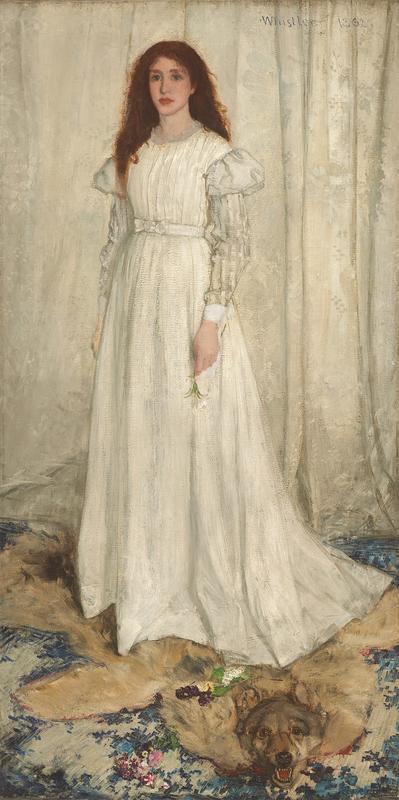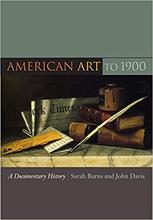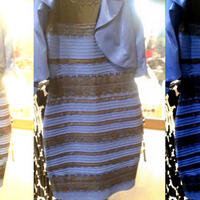More about Symphony in White, No. 1: The White Girl
- All
- Info
- Shop

Sr. Contributor
Whistler knew there's nothing says family bonding like sending a portrait of your ex-mistress to your nephew!
May not make sense to you, but that's the kind of logic Whistler was apparently working with. The girl was Joanna Hiffernan, Whistler's Irish mistress. He broke it off when she took the mistress act on the road, showing her body off to Whistler's friends. Whistler sold the painting to his brother George. But George never got it. Whistler kept it until his brother died. Where the family affair gets really odd is when Whistler sent the painting to George's son, Thomas, to pass along to his mom, George's widow.
The Paris Salon didn't accept the painting. Neither because of the weird family drama, nor because Whistler made the rug Joanna's standing on look like a weird is-it-a-bear-or-a-wolf thing. The conservative folks at the Salon just didn't think it was a very good painting. First off, Whistler skewed the perspective on Joanna, focusing on the abstract shapes of her figure rather than a more literal depiction of her countenance. Which would have been terrible enough, but then he went and portrayed her in a cambric. That being a gown typically worn only in private. Parisians be like, "hath he no decency!" and Whistler was all, "Naaaah."
The White Girl would eventually go on to achieve fame, getting shown in the Salon des Refusés, a show of paintings deemed too crappy for the Salon proper. In between those appearances, though, The White Girl was featured under the name The Woman in White. It just so happened that famed author Wilkie Collins had a bestseller out at the same time with the same name (really good book, I highly recommend it). Rumor spread that the painting was nothing more than an illustration for Collins' book. The horror! The rumors got so bad that Whistler had to take the time to write a bunch of op-eds telling everyone that it was all a coincidence. Now that "white girl" has taken on a totally different meaning in popular culture, we bet Whistler's reaction would be, "omg I just can't."

Contributor
This painting is most famous for depicting James Whistler’s mistress of six years, Joanna Hiffernan.
Who would have thought that his lovely lady in white was considered to be a prostitute? Their 'romantic' tale started, as many do, when Joanna began modeling for Whistler. He wrote that his relationship with her was qualified as a 'marriage without benefit of clergy' or in today’s world, 'friends with benefits.' His love for her ran so deeply that when he died Whistler included her in his will, even though she cheated on him with artist Gustave Courbet. Courbet was Whistler's best friend, until he painted a portrait of Joanna’s lady parts which he titled "L'Origine du Monde", or Origin of the World.
Featured Content
Here is what Wikipedia says about Symphony in White, No. 1: The White Girl
Symphony in White, No. 1, also known as The White Girl, is a painting by James McNeill Whistler. The work shows a woman in full figure standing on a wolf skin in front of a beige curtain with a lily in her hand. The colour scheme of the painting is almost entirely white. The model is Joanna Hiffernan, the artist's mistress. Though the painting was originally called The White Girl, Whistler later started calling it Symphony in White, No. 1. By referring to his work in such abstract terms, he intended to emphasize his "art for art's sake" philosophy.
Whistler created the painting in the winter of 1861–62, though he later returned to it and made alterations. It was rejected both at the Royal Academy and at the Salon in Paris, but eventually accepted at the Salon des Refusés in 1863. This exhibition also featured Édouard Manet's famous Déjeuner sur l'herbe, and together the two works gained a lot of attention. The White Girl shows clearly the influence of the Pre-Raphaelite Brotherhood, with whom Whistler had recently come in contact. The painting has been interpreted by later art critics both as an allegory of innocence and its loss, and as a religious allusion to the Virgin Mary.
Check out the full Wikipedia article about Symphony in White, No. 1: The White Girl















someone call PETA